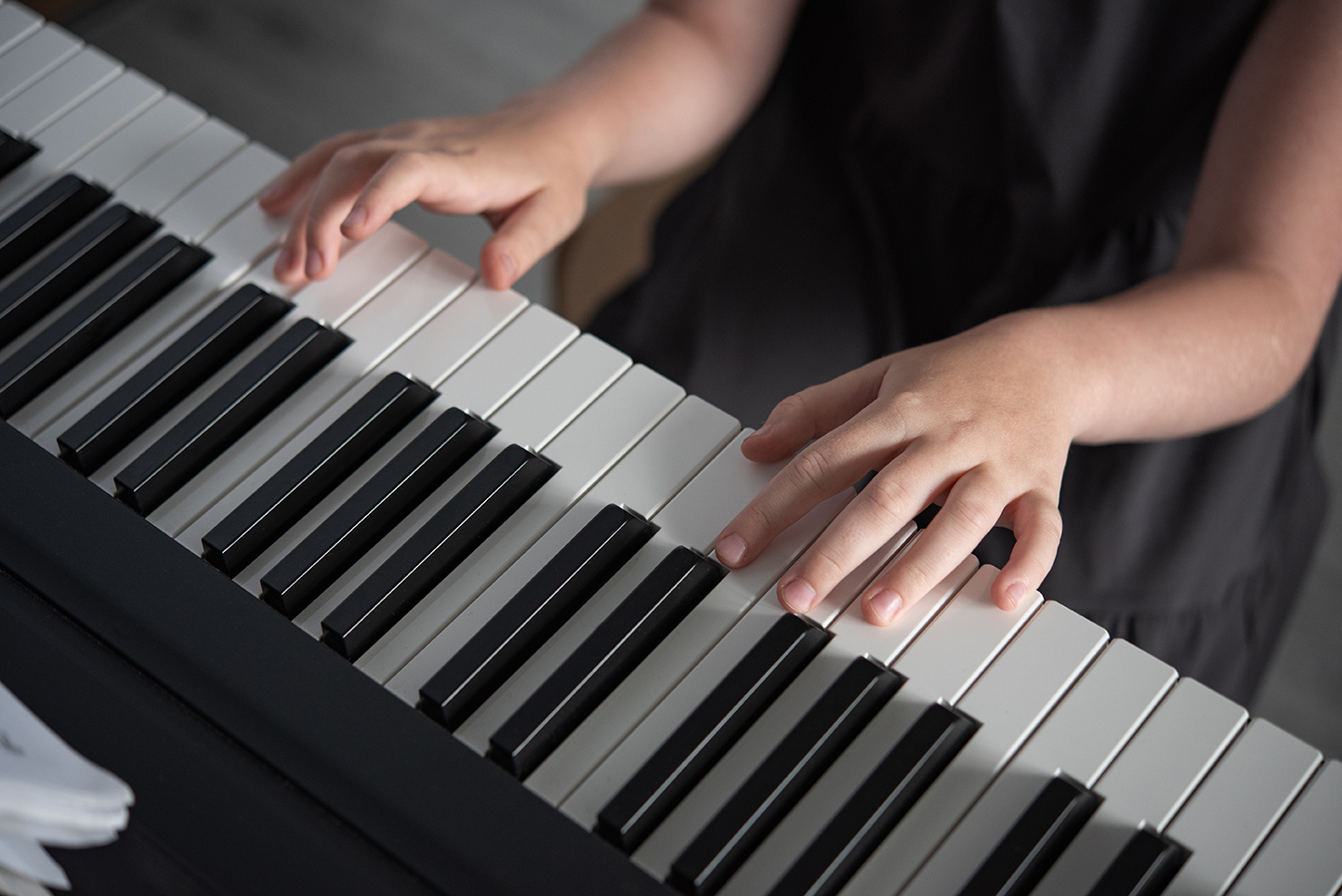Can you learn without a teacher or a school?
Latest Posts • July 13, 2015

Sugata Mitra (a professor of educational technology at Newcastle University) is best known for his “Hole in the Wall” experiments. In a series of studies beginning in 1999, he was able to demonstrate that children are capable learners even in the absence of teachers and schools. Given an environment that stimulates curiosity and peer interest, children can (and do!) teach themselves and others.
I’m fascinated by the Hole in the Wall experiments because I also believe all children are born with an innate curiosity and deep desire to learn. (And of course, because they affirm what Montessori teachers have known for over a hundred years now – but I’ll explain below.)
For his experiments, Dr. Mitra’s team carved a “hole in the wall” that separated his research facility from an adjoining slum in New Delhi, and placed a freely accessible, internet-connected computer there for local children to use.
He also placed a hidden camera in the space to observe how the kids interacted with the computer – something these slum children had never seen or touched before – without instructions. And despite it being totally new to them, he watched these children teach themselves how to turn it on, use it, how to connect to the internet, and then pass the knowledge onto each other.
Within a few weeks, they’d learned to navigate the net, were able to download soundtracks to their favorite movies, play games on Disney.com and use Micorsoft’s Paint to draw pictures.
The “Hole in the Wall” project has been repeated in remote villages all over India and in several African countries. The results continue to show that children can learn – on their own – to operate as well as play with a computer with minimum intervention.
They can teach themselves enough English to use email, chat and search engines – even to find answers to big questions such as ‘Why do men have moustaches but not women?’ or ‘Did dinosaurs really exist?’
Dr. Mitra’s observations about the ability of children to learn on their own – as novel as they may seem – are consistent with the long-established philosophy of Maria Montessori.
Montessori began to theorize almost a century ago that children should be encouraged to explore, experiment and discover. The Montessori method allows children to discover their inborn desire to learn and asks them to take responsibility for their own learning.
Maria Montessori developed hands-on materials that work a lot like Dr. Mitra’s computer experiment, allowing students to learn from each other and without a teacher. (The role of Montessori teachers, or facilitators as they’re called, is to observe and provide support when needed but to intervene as little as possible otherwise.)
We emulate this approach to learning at Modern Music School today, providing a stimulating environment where students can explore, learn at their own pace, follow their interests and just have fun.
Sugata Mitra’s TED Talk “The child driven education”:




Thanks for another informative site. Where
else could I am getting that kind of information written in such an ideal method?
I’ve a undertaking that I am just now working on, and I have been on the look out for
such information.
You actually make it appear really easy
together with your presentation but I find this topic to
be really something which I believe I would by no means understand.
It kind of feels too complex and extremely extensive for me.
I’m looking ahead to your subsequent publish, I’ll try to get the hang of it!
Thank you for sharing your info. I really appreciate your efforts
and I am waiting for your further post thanks once again.